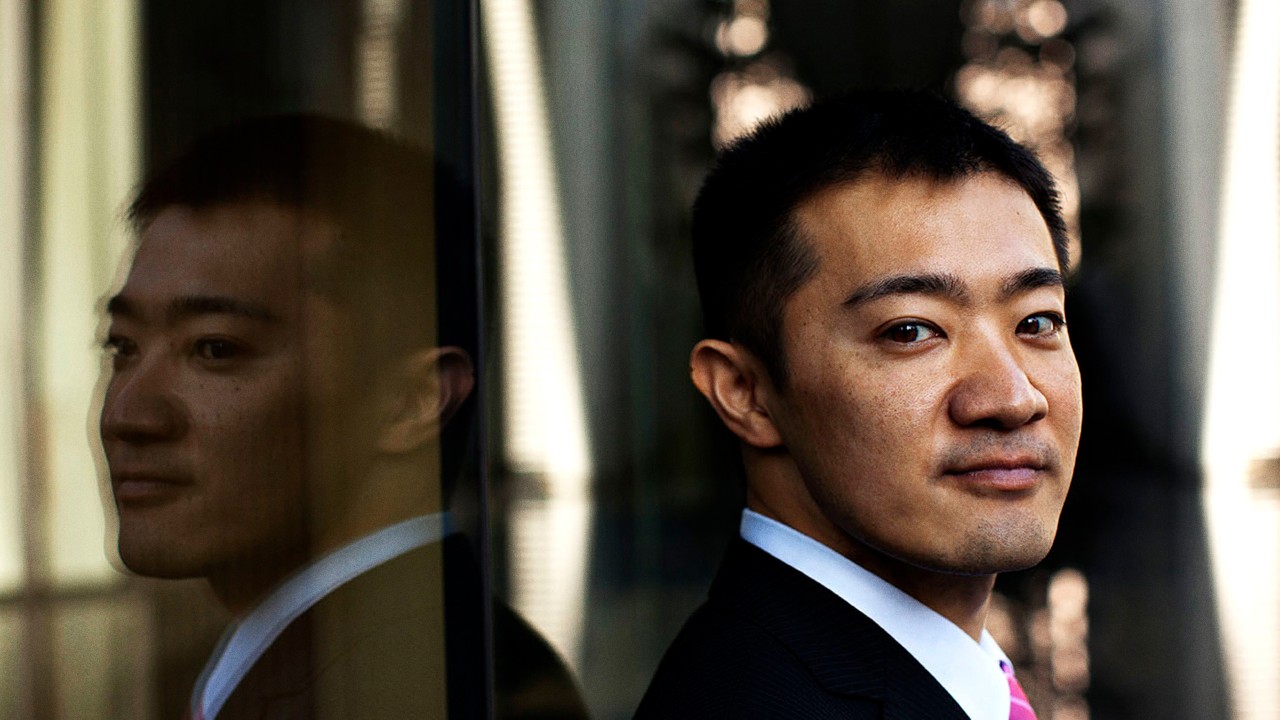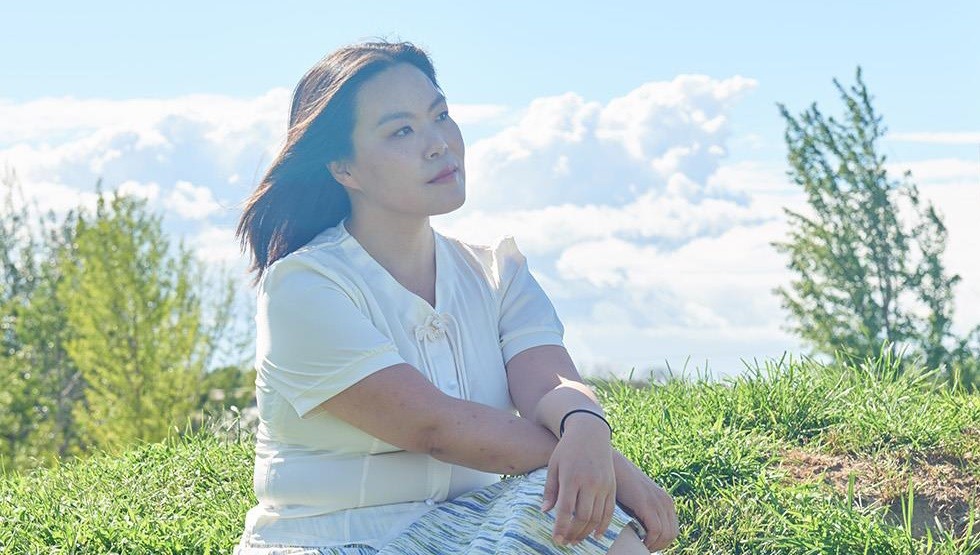It takes a lot to bring her down. And nothing brings her down the way migraine attacks do.
“The pain starts in my forehead, then it starts rolling into the back of my eyes, where my eyes hurt so much I don’t want to open them. Then I start to feel more pain and pressure in the back of my head, and I start to see a white blur – like looking into a dense fog. When it gets to that point, it feels like there is a jack hammer in my head, rattling my brain around. It feels like a bunch of concussions happening one after another,” she says of her migraine attacks.
“A lot of people say, ‘I have headaches, too.’ No, you don’t understand. This is something way worse. You cannot function with migraine,” she says.
Even people living with migraine may not understand they are dealing with a neurological condition and more than “just a headache”, Samantha says. For a time, she was one of those people. “Especially for those of us in combat arms jobs, there’s a lot we deal with, and we get used to having to tough it out. That’s just what do,” she explains. “There were times when I started to doubt myself and wonder if I was just being a wuss. But my migraine attacks were awful. I knew something was wrong.”
Samantha lived with migraine for years before receiving an accurate diagnosis. Today, she is managing her migraine disease with a treatment plan from her neurologist, and she wants others who are living with migraine to know there is hope for improvement. “Migraine can be managed, but we need to speak up for ourselves, and then we need people to believe us,” she says.


